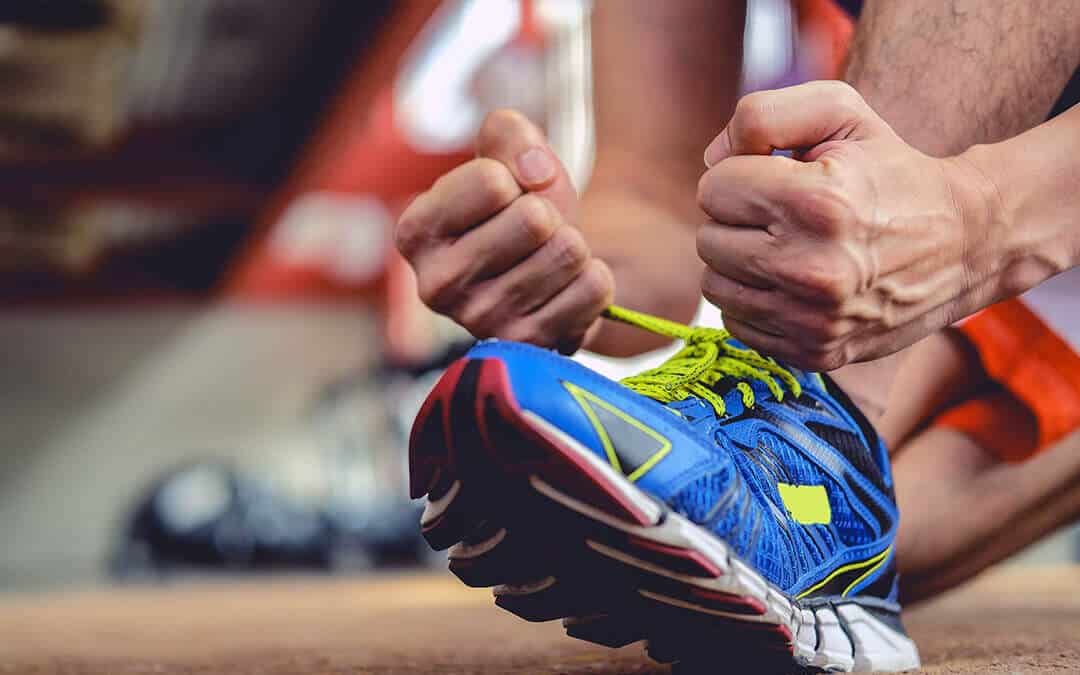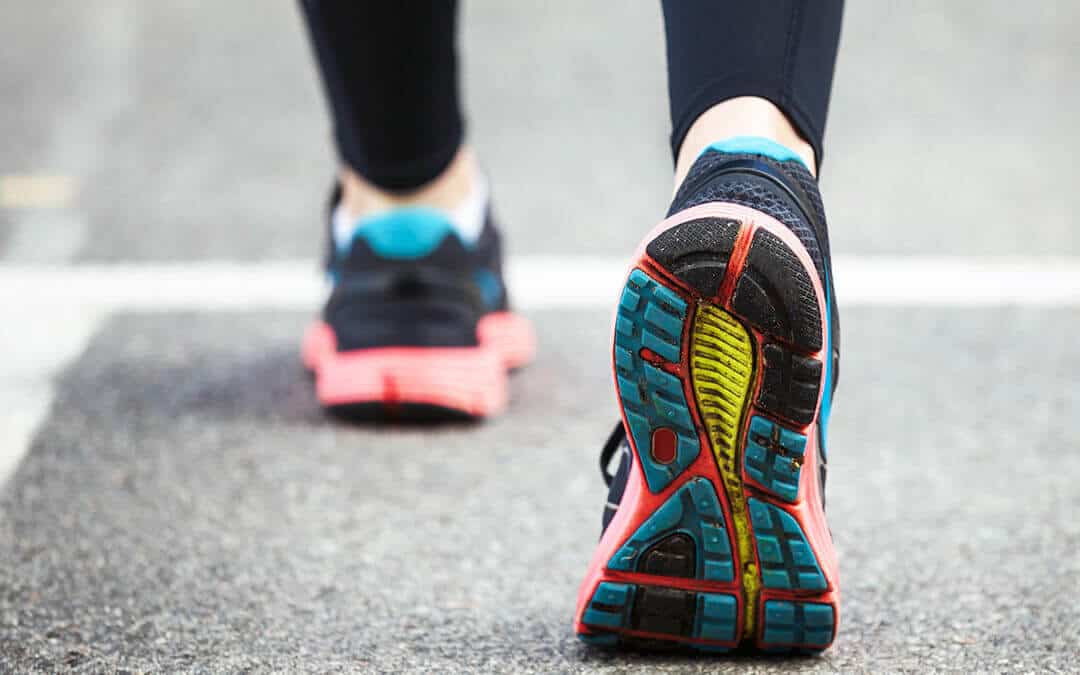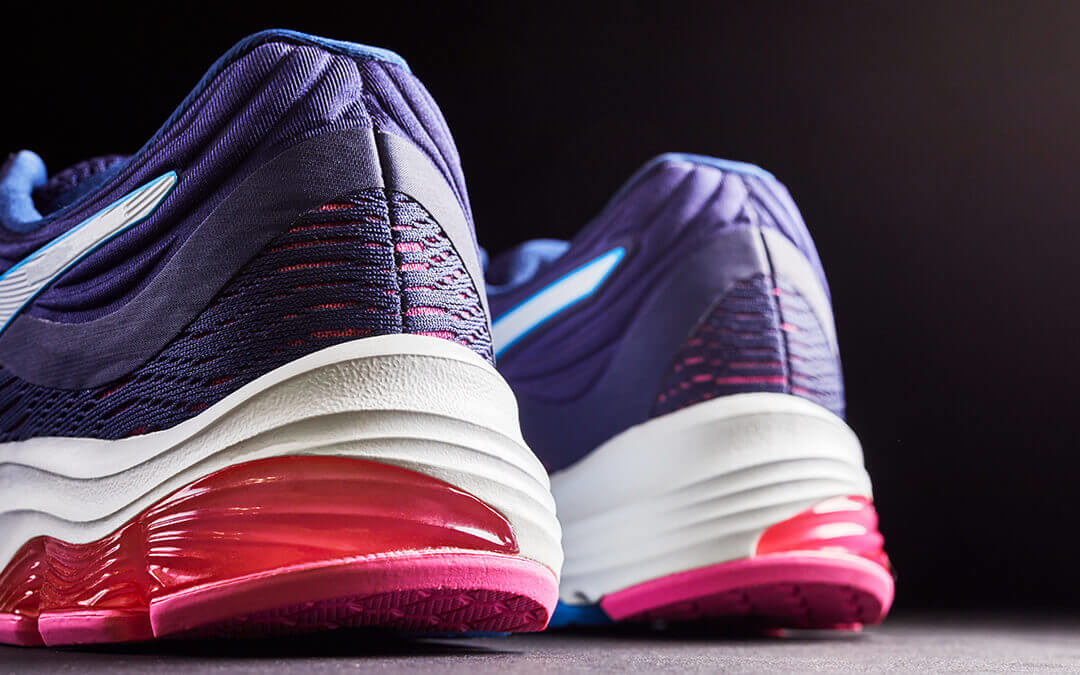Turns out Air Jordans aren’t the only type of shoes that make you feel like you’re flying.
You must be thinking, “Surely, they don’t mean the same compressed air that powers pneumatic tools or vacuum packing. The same stuff used in airbags?”
It’s the very same type of compressed air! But don’t worry, these shoes aren’t going to deploy on impact and send you flying. They are there for comfort and flexibility.
A Brief History of Shoes with Air
The concept of Nike Airs came about in 1977 when aeronautical engineer M. Frank Rudy pitched the idea of putting air inside of the sneakers to Nike co-founder Phil Knight. The idea itself borrowed the blow rubber molding technique that was used to make astronaut helmets. The hollowed-out midsole of the shoe was later filled with polyurethane pouches filled with dense gasses.
Rudy’s theory was that these shoes would provide superior cushioning that returned to its original shape without wearing out, even after extended use.
Nike Airs originally marketed Nike Airs to elite runners, but soon after, the marketing expanded to Air Max, Air Jordans, Air Force Ones, and the infamous Nike Air Pressures, which included a hand pump to inflate your shoes manually. This new generation boasted a see-through window on the bottom of the shoe so consumers could physically see the air they were walking on.
Why Compressed Air?

Compressed air is typically made up of 21% oxygen and 79% nitrogen. As an energy and active source, compressed air is commonly used in the following industries:
- Chemicals
- Pharmaceuticals
- Aeration and Agitation
- Medical Breathing Air
When it comes to footwear, using dense gasses like nitrogen allows the shoes to absorb the energy of the impact without releasing the air, helping them to return to their original shape easily. Using that approach, Nike promises that the pockets of compressed air under your feet absorb the impact of running or jumping. Having transitioned away from harmful greenhouse gasses to inflate their sneakers to purely using nitrogen, Nike provides an “explosive, powerful response off the ground.”
Another benefit of compressed air shoes is the reduced weight of the shoe compared to other sneakers. “The lighter the shoe is, the less energy athletes put out during performance,” claims Nike’s website. Nike Airs were designed for runners and other athletes, promising a responsive “snap” back to its original shape after cushioning the impact of a landing.
Do They Actually Work?

The jury is out on whether or not compressed air shoes deliver the promised cushioning on impact or improved performance. Of course, Nike and other shoe companies are going to promise that the shoes deliver, but consumers may not always be so sure. In the end, however, it comes down to personal preference and body health. Finding a pair of shoes that feel comfortable as you’re running will be the most effective and safe sneakers for you to use.
And with the promise of better comfort and improved performance, it’s easy to see why compressed air shoes remain immensely popular.
Though CalOx doesn’t make compressed air shoes, we are one of the top suppliers of compressed air in the Southern California area. No matter your needs, we handle the storage, certification, and maintenance of compressed air for your business. Contact us today for your free quote!
